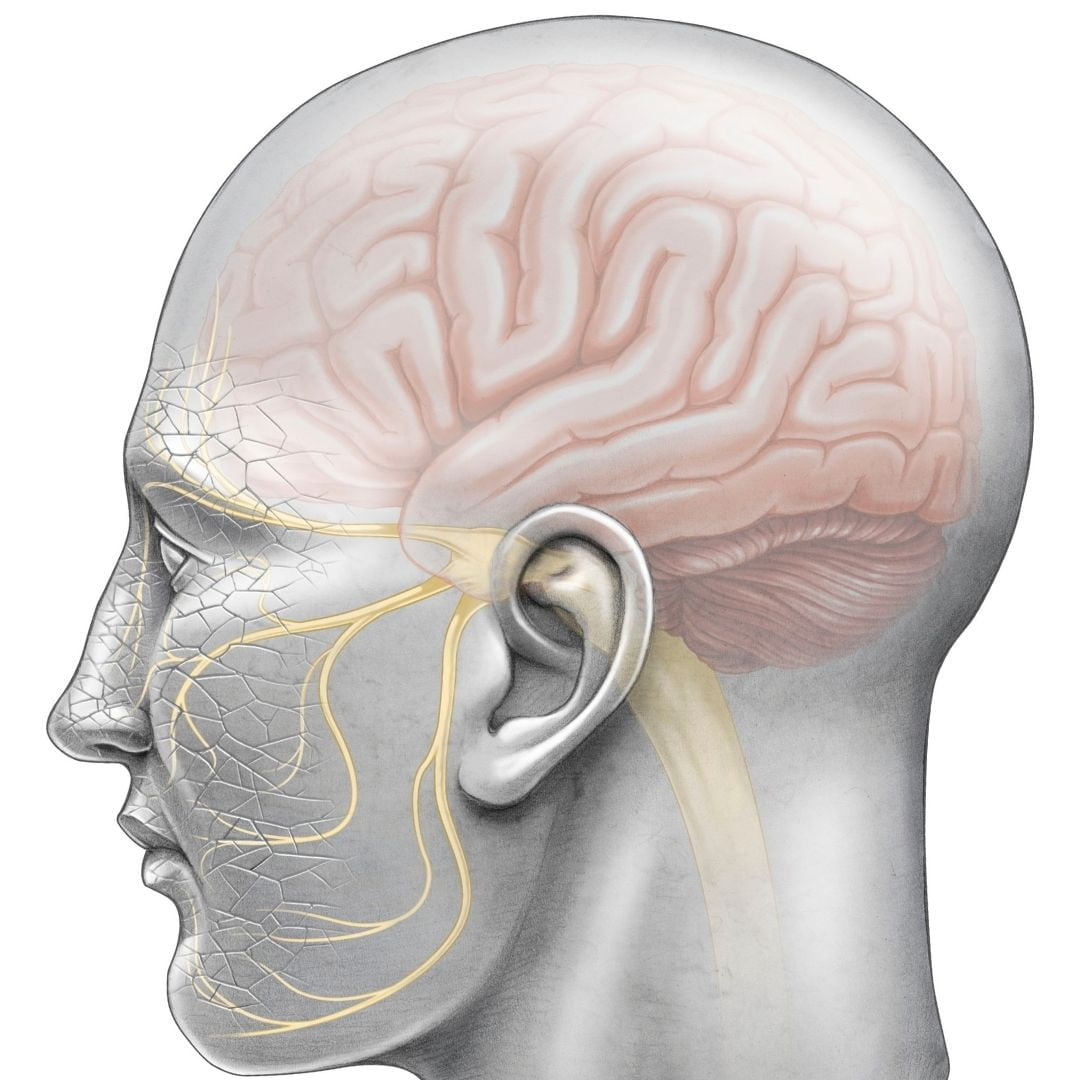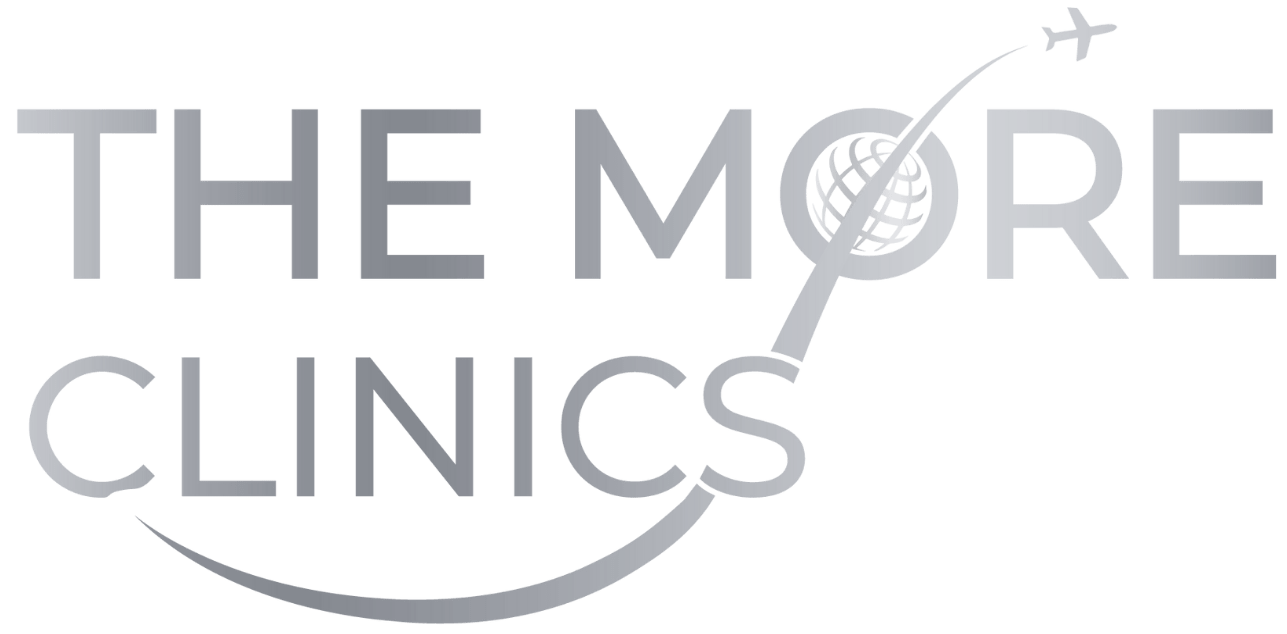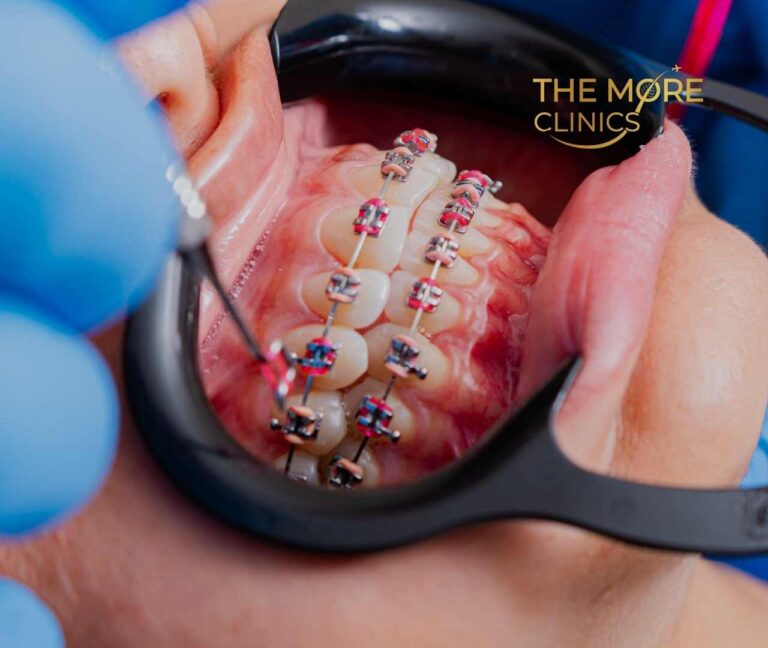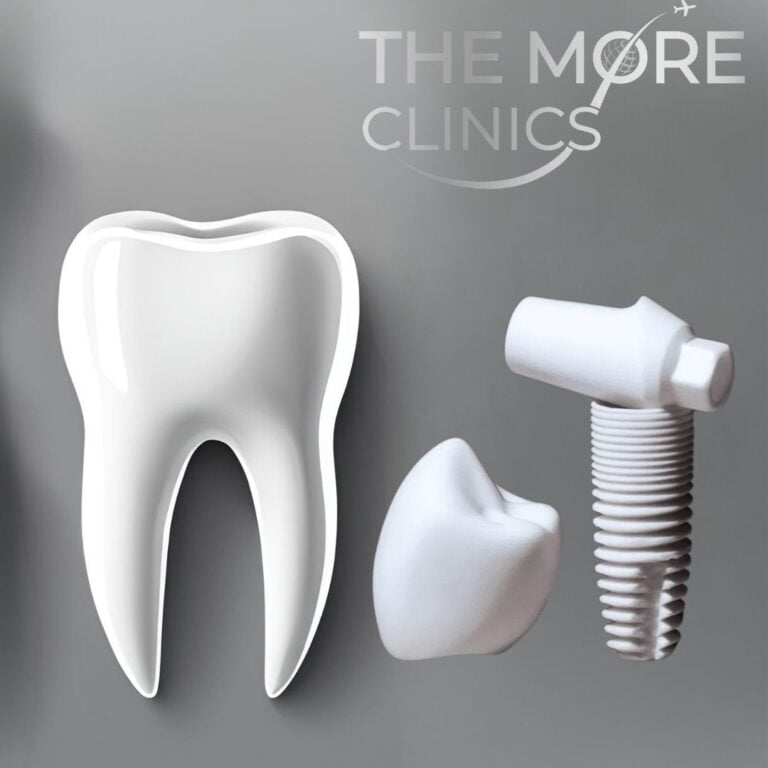Nerve Repositioning (Lateralization)
Welcome to our comprehensive guide on nerve repositioning, also known as nerve lateralization. If you are considering this surgical procedure in the field of dentistry and oral surgery, this article will provide you with valuable information.
We will explore what nerve repositioning entails, its benefits, potential risks, recovery process, and the success rates associated with this surgical intervention. By understanding nerve lateralization, you can make an informed decision about its suitability for addressing nerve-related issues.

Understanding Nerve Repositioning (Nerve Lateralization):
Nerve repositioning, or nerve lateralization, is a surgical procedure performed in dentistry and oral surgery to address nerve-related issues, particularly in dental implant placement. It involves repositioning or relocating the inferior alveolar nerve or the mental nerve, which can become problematic during dental procedures due to their proximity to the implant site. By repositioning the nerve, potential complications can be minimized, allowing for successful dental implant placement.
Nerve Repositioning (Nerve Lateralization):
Nerve repositioning offers several potential benefits in dental and oral surgery, including:
1. Enhanced Dental Implant Success: By repositioning the nerve away from the implant site, nerve repositioning increases the success rate of dental implant procedures.
2. Reduced Risk of Nerve Damage: It minimizes the risk of nerve damage during dental implant placement, reducing potential complications such as numbness or tingling in the lips, chin, or lower face.
3. Improved Patient Comfort: By avoiding nerve-related issues, patients experience increased comfort during and after dental implant procedures, leading to a smoother recovery process.
4. Long-term Stability: It promotes long-term stability of dental implants, ensuring their proper integration with the surrounding bone and tissues.
Risks and Considerations:
While nerve repositioning is generally a safe procedure, it’s important to be aware of potential risks and considerations. These may include:
1. Temporary Numbness or Sensation Changes: Following the procedure, patients may experience temporary numbness or changes in sensation in the affected area. This typically resolves over time as the nerve heals.
2. Infection and Swelling: As with any surgical procedure, there is a risk of infection and swelling at the surgical site. Proper postoperative care and hygiene practices are essential to minimize these risks.
3. Rare Complications: Although rare, complications such as permanent nerve damage, persistent numbness, or altered sensation may occur. These risks should be discussed thoroughly with your oral surgeon before the procedure.
Recovery Process:
The recovery process after nerve repositioning varies depending on individual factors and the extent of the procedure. Your oral surgeon will provide specific postoperative instructions tailored to your case. Some general guidelines for recovery may include:
1. Pain Management: Your surgeon may prescribe pain medications or recommend over-the-counter pain relievers to manage any discomfort during the initial recovery phase.
2. Swelling and Bruising: Swelling and bruising around the surgical area are common after nerve lateralization. Applying cold compresses and following your surgeon’s instructions can help minimize these symptoms.
3. Oral Hygiene: Maintaining proper oral hygiene is crucial during the recovery process. Your surgeon may provide specific instructions on brushing, rinsing, and caring for the surgical area.
4. Dietary Restrictions: Your surgeon may recommend a soft or liquid diet for a period of time following the procedure to avoid placing excessive stress on the surgical site.
It’s important to follow your surgeon’s postoperative instructions diligently and attend all follow-up appointments to monitor your progress and address any concerns or questions.
Success Rates of Nerve Repositioning (Nerve Lateralization):
The success rates of nerve repositioning vary depending on various factors, including the complexity of the case, the surgeon’s expertise, and individual healing abilities. While the procedure is generally associated with high success rates, it’s important to have realistic expectations and understand that individual outcomes may vary.
Last Words from the More Clinics
Nerve repositioning, or nerve lateralization, is a surgical procedure used in dentistry and oral surgery to address nerve-related issues, particularly in dental implant placement. By understanding the procedure, its benefits, risks, recovery process, and success rates, you can make an informed decision about its potential as a treatment option. Consult with a qualified oral surgeon to determine if it is is the right choice for your specific case and to receive personalized advice and guidance.
GET A FREE CONSULTATION!
Let’s Start Planning Your Treatment %100 Guarantee Results.

Written by The More Editorial Team and Medically Reviewed by Dr. Onur Ademhan who specialized on Oral and Maxillofacial Surgery and Implantology






